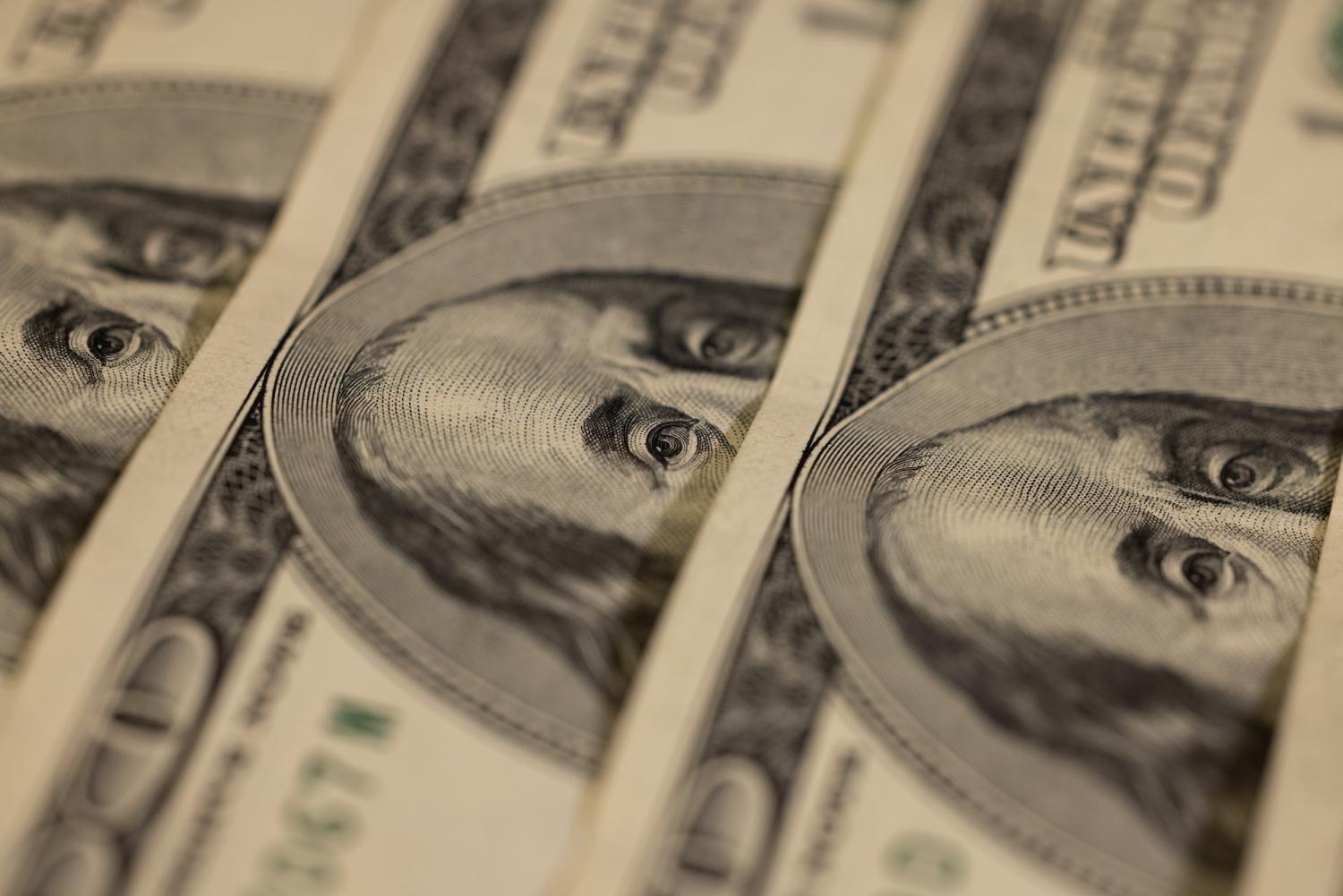
While complex factors ranging from inflation to the Russian invasion of Ukraine have raised the cost of raw materials, companies in the food, energy, healthcare, and real estate sectors have raised prices far beyond covering their own increased costs, according to a new report analyzing corporate profits from Accountable.US.
The boost in prices of essential consumer goods have far outpaced the rising cost of production, as profit margins for U.S. companies have soared to their highest rates since 1950. The report found that top food, energy, healthcare and real estate management companies are continuing to raise prices for consumers, even though their profits surged by $6 billion from 2021 to 2022.
Rising food costs aren’t anywhere near the rise of corporate profits
The 2022 Consumer Price Index showed that the costs of eating at home was over 13 percent higher in July 2022 than in July 2021, but the rising cost of food was only outpaced by rising corporate profits. Kraft Heinz raised prices twice in 2022 as its profit rose by 93 percent in the first half of fiscal year 2022. The food processing giant Archer Daniels Midland (AMD) saw a 63 percent increase in profits during the same time, largely due to rising prices from grain shortages associated with the war in Ukraine. General Mills, one of the largest consumer packaged food companies in the world, hiked prices five times during the past year while its net earnings increased by 46 percent.
Increased food prices are hitting low-income households the hardest. Low-income households spend twice as large a percentage of their income on food as middle-income households, so skyrocketing food costs use up a larger portion of low-income households’ already limited discretionary spending.
Soaring costs of fuel and electricity are hitting consumers hard
Energy prices rose nearly 33 percent from July 2021 to July 2022, and August electricity bills across the U.S. were almost 16 percent higher in 2022 than they were in August 2021. The war in Ukraine sent energy prices skyrocketing, and a summer with record-breaking heat prompted many U.S. consumers to use more energy to power their air conditioning systems.
Electricity and power bills were made more expensive by sharp rises in consumer rates. Southern Company, a large Georgia-based utility, raised customer rates by as much as 12 percent, even as its profits rose by 41.8 percent. The country’s largest utility company, Florida Power & Light, increased its rates by as much as 20 percent in 2021; the company is currently defending its decision in front of the Florida Supreme Court. Nexterra Energy, Florida Power & Light’s parent company, reported $420 million in profit and spent $1.6 billion in shareholder dividends during the first half of Fiscal Year 2022.
Again, lower- and middle-income families are caught this rising spiral of corporate profits. In July 2022, one in six American families were behind on utility bills and risked their utilities being shut off, as the National Energy Assistance Directors’ Association concluded this summer.
Drug costs are also surging
While the Inflation Reduction Act includes several initiatives aimed at lowering prescription drug prices for Medicare recipients, the program is under a plan to be phased in over time. The report from Accountable.US noted that, “the largest U.S. drugmakers saw profits jump by over $6 billion to $36 billion while boosting shareholder handouts by over $5.2 billion to $24.5 billion in the first half of 2022.”
Executives themselves are making it clear that they are capitalizing on inflation fears, a trend that independent journalist Judd Legum has covered during much of 2022.
For example, in an August conference call, Michelle Peluso, the Chief Customer Officer of CVS Health, said, “for the most part, we're able to pass inflation through to our customers.” However, earnings reports show that CVS Health is passing on more than inflationary costs to customers: CVS profits spiked by another $259 million from 2021 to 2022, raising its total profits to $5.27 billion.
Rent keeps going up at a rapid place
In August, U.S. rent prices hit record highs for 17 months in a row, while the country’s biggest apartment companies witnessed their profit margins increase by nearly $296 billion. Shareholder dividends for the three largest apartment companies, Mid-America Apartments, Starwood Propertiest and AvalonBay Communities, ballooned from $33.9 million to almost $1 billion in Fiscal Year 2022. The national median rent reached $1,879 per month in July 2022, which is a 12.3 percent jump from the year prior.
When does a price hike result in corporate profiteering?
As concerns continue to grow that the U.S. is headed toward recession, the largest food, energy, healthcare, and real estate corporations are continuing to raise prices beyond the point of covering inflationary costs. For these top consumer-facing companies, shareholder dividends increased by $15.4 billion to reach a total of $62.6 billion from 2021 to 2022, even as the Fed is anticipating an uptick in unemployment. Bottom line, while American households will likely continue to struggle with the rising cost of living in the near future, record corporate profits result in more payouts to shareholders and executive compensation packages critics describe as excessive.
Image credit: Engin Akyurt via Unsplash

Mary Riddle is the director of sustainability consulting services for Obata. As a former farmer and farm educator, she is passionate about regenerative agriculture and sustainable food systems. She is currently based in Florence, Italy.














